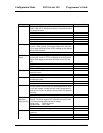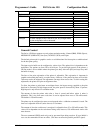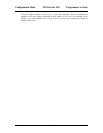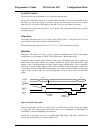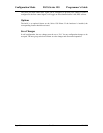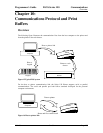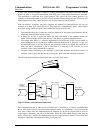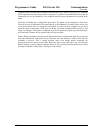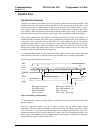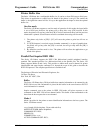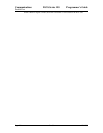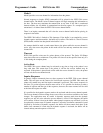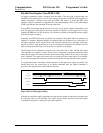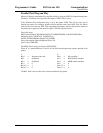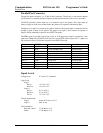
Programmer's Guide PcOS Series 150 Communications
Overview
12/14/99 Rev G Page 109
The print control software takes information from the buffer (as it needs it and can use it). When the
buffer output function finds that the buffer is getting low, it notifies the communication driver that the
information flow can be resumed (if it was stopped) and allows more information to be placed in the
buffer.
The Series 150 Printer has a configurable input buffer. The printer can be configured to allow from
256 to 6144 bytes of input buffer. This means that up to 6144 characters (or control codes) can be sent
to the printer before they are interpreted and printed. In effect, the host computer can get 6144
characters ahead of the printer. In all cases, the buffer will resume communications when it is half
empty. For example, if the buffer is configured to be 2K, the printer will signal stop when 2048 bytes
are in the buffer. Resume will be signaled when 1024 bytes remain.
Inquire (ENQ) commands are preprocessed, which means they are found in the input data stream and
acted upon immediately as they are received. Therefore, the status returned is valid as of the time the
command is received. This is termed real-time status even though inquire commands are
preprocessed and still placed in the buffer. Real-time status assures that data is not lost when the
inquire sequence is part of another command. However, this also means that the buffer may be filled
by inquire commands, if the printer is waiting for some activity.




